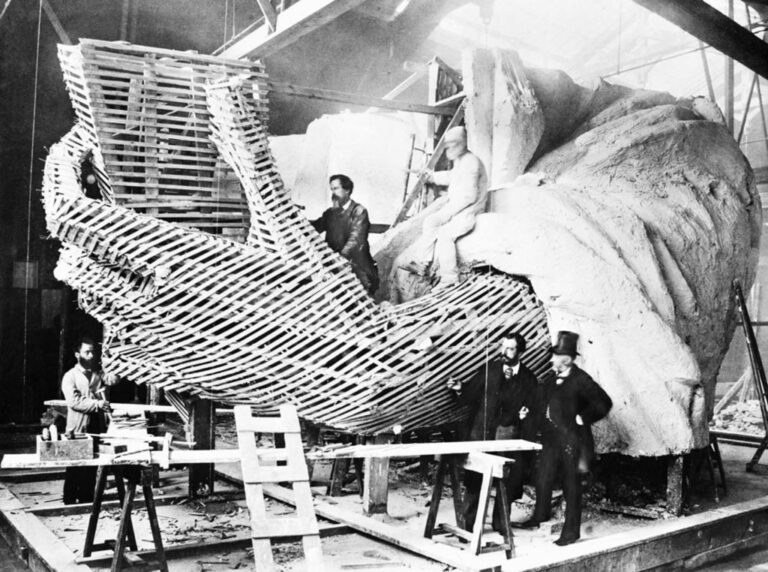27 Stunning Photos of World War One in Color
World War One
World War One, also known as the Great War, was a monumental conflict that reshaped the world from 1914 to 1918. It involved many of the world’s great powers, divided into two main alliances: the Allies and the Central Powers. The consequences of this war were profound, leading to significant political, social, and economic changes across the globe. But beyond the battles and treaties, World War One left a legacy of stories, struggles, and sacrifices that were captured through the lens of photography.
The Impact of World War One
Historical Context
The war marked the first time that modern technology was employed on such a massive scale in warfare. With advancements in weaponry, transportation, and communication, the brutality of the conflict was unprecedented. The death toll was staggering, with an estimated 10 million military personnel and 7 million civilians losing their lives. This immense tragedy prompted a new wave of historical reflection and memorialization that would continue for generations.
The Role of Photography in Documenting History
Photography played a crucial role in documenting the realities of World War One. Photographers, often soldiers themselves, captured not only the horrors of battle but also the everyday lives of those affected by the war. The images taken during this time provide us with a window into the past, showcasing the courage, despair, and resilience of individuals on all sides of the conflict.
“A picture is worth a thousand words.” This saying rings especially true when considering the impact of photographic documentation during World War One. These images bring to life the experiences of those who lived through this era, offering insights that text alone cannot convey.
The Significance of Color Photography
Advancements in Color Technology
While black-and-white photography was the norm during the war, color photography began to emerge in the early 20th century. This was largely due to advancements in color processing techniques, such as the Autochrome plate, which became commercially available in 1907. This technology allowed photographers to create stunning, lifelike images that added depth and realism to historical documentation.
- Autochrome Plates: Early color photography was achieved using a glass plate coated with tiny grains of colored starch, which allowed for vibrant color reproduction.
- Kodachrome: Introduced in the 1930s, Kodachrome film would later revolutionize color photography with its rich hues and lasting quality.
Emotional Resonance of Color Photos
The transition from black-and-white to color photography had a profound emotional impact. Color photographs evoke a sense of realism and immediacy that can profoundly affect the viewer’s connection to the past. When we see a colorized image, it brings the experiences of those who lived through the war closer to our own reality.
- Color in War: The use of color allows us to perceive the emotional landscapes of the time. The vibrant blues of uniforms, the lush greens of the countryside, and the stark reds of battlefields create a visceral experience for the audience.
- Humanizing History: Color photography helps to humanize historical figures and events, making the past more relatable and accessible.
Iconic Color Photos from World War One
Soldiers in the Trenches
One of the most compelling subjects of World War One photography is the soldiers in the trenches. These images capture the harsh realities of trench warfare, where soldiers faced not only the enemy but also the elements and the psychological toll of prolonged conflict.
- Daily Life: Color photographs reveal the daily life of soldiers, showing their camaraderie, moments of respite, and the stark conditions in which they lived.
- Emotional Struggles: Images of soldiers resting or engaging in leisure activities highlight their resilience amid the horrors of war.
Life Behind the Frontlines
Beyond the battlefield, color photography also documented life behind the frontlines, showcasing the efforts of medics, support staff, and families left at home.
- Medics in Action: Photos of medics caring for the wounded highlight the heroism of those who served in non-combat roles.
- Civilian Impact: Color images depicting the effects of the war on civilians underscore the widespread impact of the conflict, from food shortages to the emotional toll on families.
Home Front and Civilian Life
The war did not only affect soldiers; civilians played a vital role in the war effort, and color photography captured their contributions and struggles.
- Women in War: Many women stepped into roles traditionally held by men, working in factories, hospitals, and farms. Color photographs of these women not only document their contributions but also symbolize the changing social dynamics of the era.
- Community Resilience: Images of communities coming together for war relief efforts illustrate the solidarity and strength of civilians during this tumultuous time.
Preservation and Restoration of Historical Photos
Techniques Used in Colorization
As we continue to explore and share the history of World War One, the preservation and restoration of historical photographs become crucial. Techniques for colorizing black-and-white images have advanced significantly, allowing us to breathe new life into these historical documents.
- Digital Colorization: Modern technology enables historians and artists to digitally colorize photographs, providing a fresh perspective while maintaining historical integrity.
- Archival Quality: Careful restoration processes ensure that these images retain their quality and can be accessed by future generations.
Importance of Archiving and Accessibility
Preserving colorized and original photographs is vital for historical education and reflection. Institutions like museums and libraries play a key role in maintaining these archives.
- Public Access: By digitizing and sharing these images online, institutions make them accessible to a global audience, fostering a greater understanding of World War One.
- Educational Resources: Color photographs serve as valuable educational tools, allowing students and researchers to engage with history in a meaningful way.
Original Links
- World War One – History
- Color Photography in History
- Preservation Techniques for Historical Photographs






























